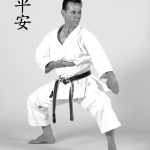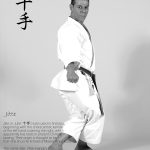
Heian or “Pin-an” Way of peace (literally, “Great Peace”, sometimes translated as “Calm Mind”, “Peaceful Mind”). The Heian kata series was introduced into the Okinawan School District karate program as gym training from 1905 to 1907 by Master Ankoh Itosu. … Continue reading























